Which of the following molecule has non-superimposible mirror images ?
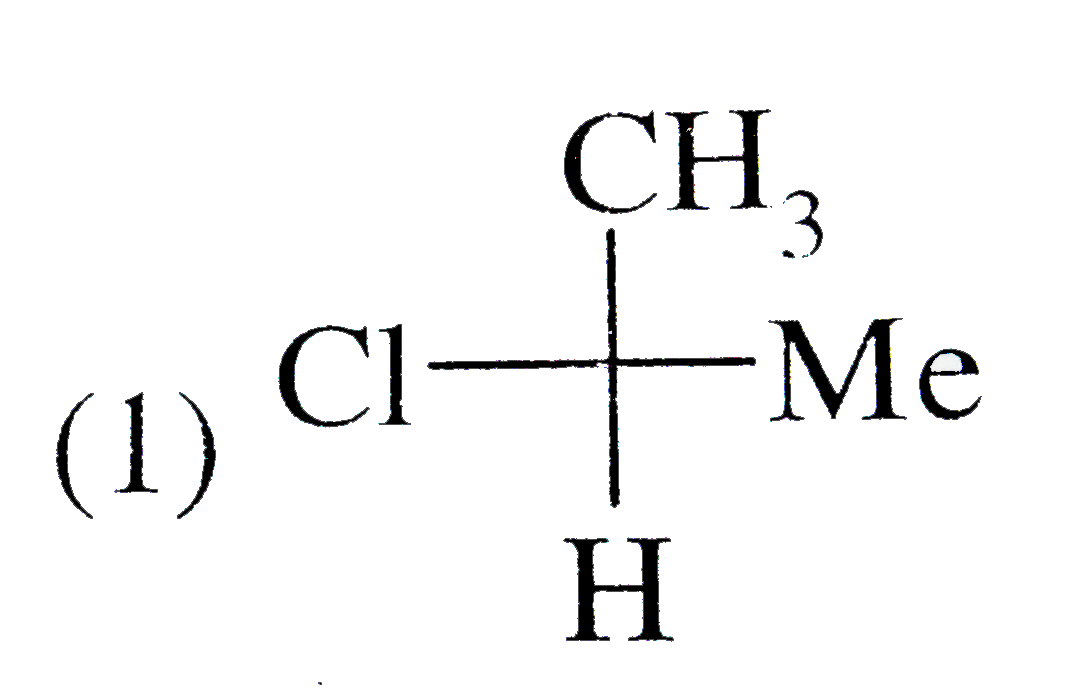
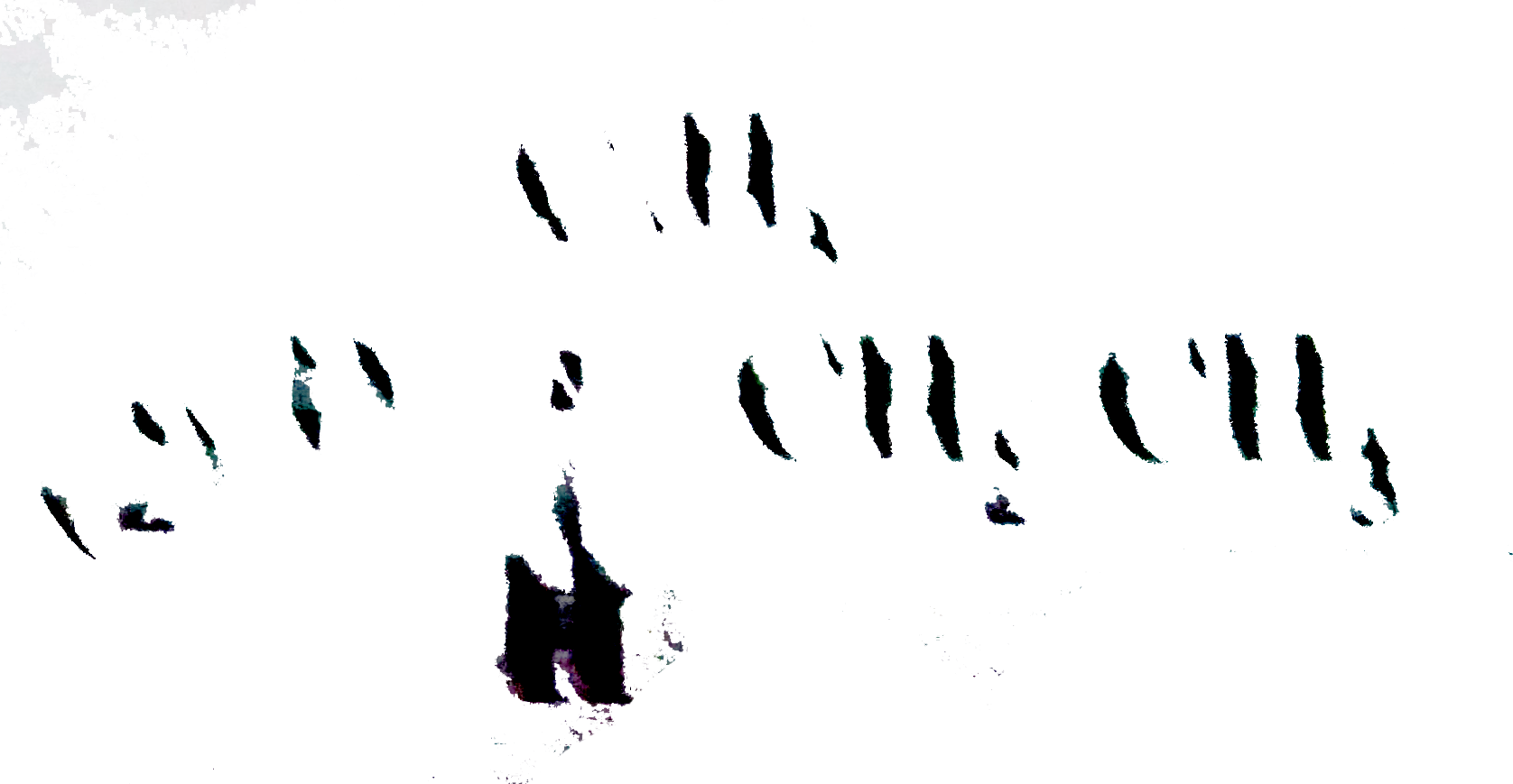
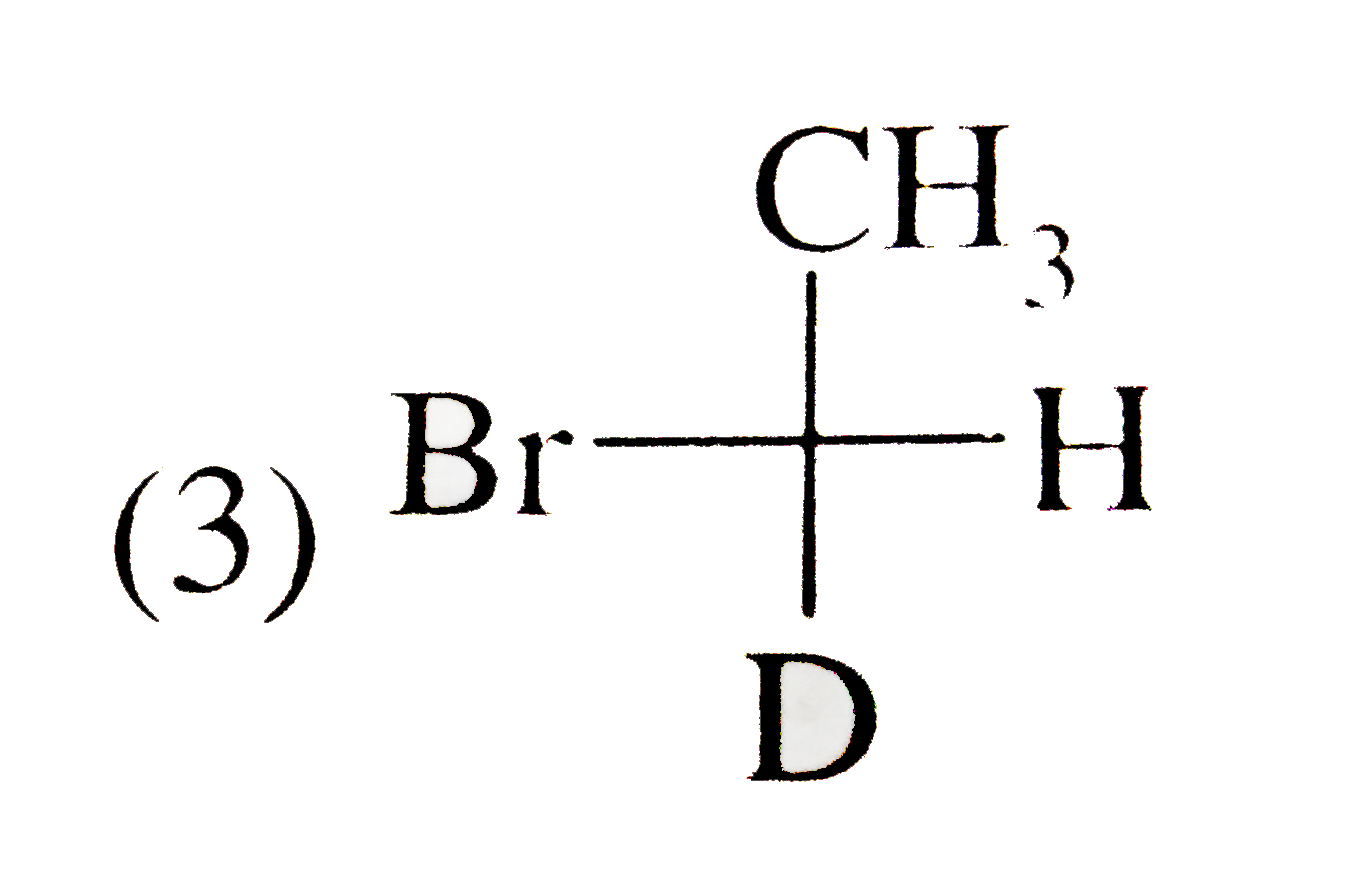
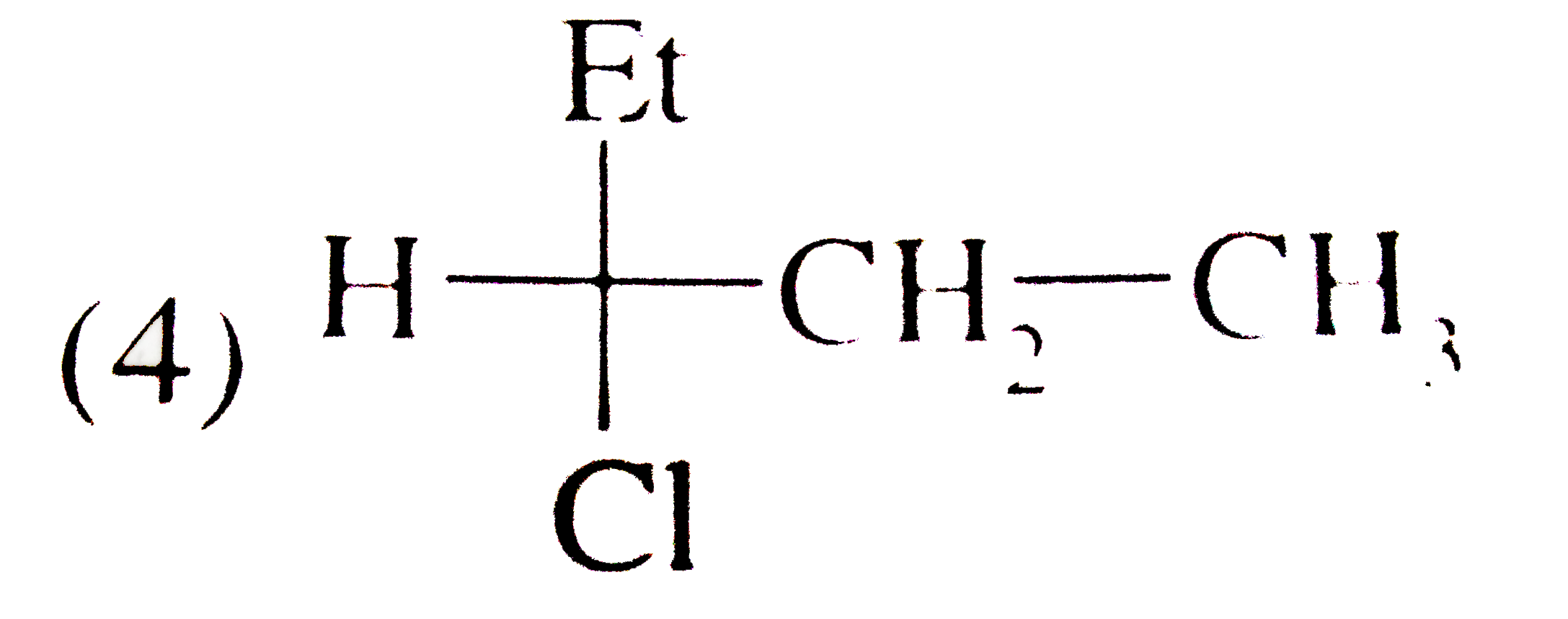
The correct Answer is:C
To determine which molecule has non-superimposable mirror images, we need to identify the chiral molecule among the given options. A chiral molecule is one that has a carbon atom bonded to four different groups, leading to non-superimposable mirror images.
1. Understand Chirality:
- A molecule is chiral if it has a chiral center (usually a carbon atom) that is bonded to four different substituents. This results in two distinct forms (enantiomers) that are non-superimposable mirror images of each other.
2. Examine Each Option:
- Option A: Check the substituents on the carbon atom.
- If there are two identical groups (e.g., two methyl groups), the molecule is not chiral.
- Option B: Similarly, check for identical groups.
- If there are two identical groups (e.g., two ethyl groups), the molecule is not chiral.
- Option C: Check the substituents on the carbon atom.
- If the carbon is attached to four different groups (e.g., methyl, hydrogen, deuterium, bromine), the molecule is chiral.
- Option D: Check for identical groups.
- If there are two identical groups (e.g., two ethyl groups), the molecule is not chiral.
3. Identify the Chiral Molecule:
- After examining all options, identify which one has a carbon atom bonded to four different groups.
- In this case, Option C has a chiral carbon atom with four different substituents.
4. Conclusion:
- The molecule from Option C is chiral and has non-superimposable mirror images.
Final Answer:
Option C is the molecule that has non-superimposable mirror images.
- A molecule is chiral if it has a chiral center (usually a carbon atom) that is bonded to four different substituents. This results in two distinct forms (enantiomers) that are non-superimposable mirror images of each other.
- Option A: Check the substituents on the carbon atom.
- If there are two identical groups (e.g., two methyl groups), the molecule is not chiral.
- Option B: Similarly, check for identical groups.
- If there are two identical groups (e.g., two ethyl groups), the molecule is not chiral.
- Option C: Check the substituents on the carbon atom.
- If the carbon is attached to four different groups (e.g., methyl, hydrogen, deuterium, bromine), the molecule is chiral.
- Option D: Check for identical groups.
- If there are two identical groups (e.g., two ethyl groups), the molecule is not chiral.
- After examining all options, identify which one has a carbon atom bonded to four different groups.
- In this case, Option C has a chiral carbon atom with four different substituents.
- The molecule from Option C is chiral and has non-superimposable mirror images.
Option C is the molecule that has non-superimposable mirror images.
Topper's Solved these Questions
Similar Questions
Knowledge Check
- Question 1 - Select One or More
Which of the following compounds can have superimposable mirror image?
A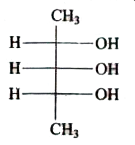 B
B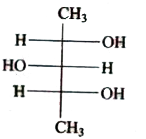 C
C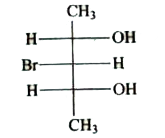 D
D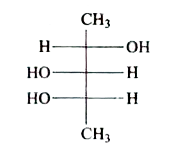
Which of the following molecule has triple bond ?
View SolutionWhich of the following molecule has as OO bonds?
View SolutionWhich of the following molecule has as O−O bonds?
View SolutionWhich of the following molecule has same dipole moment :-
View SolutionWhich of the following molecule is non-polar & planar ?
View SolutionWhich of the following molecule has no dative bond?
View SolutionWhich of the following molecule has highest dipole moment?
View Solution

